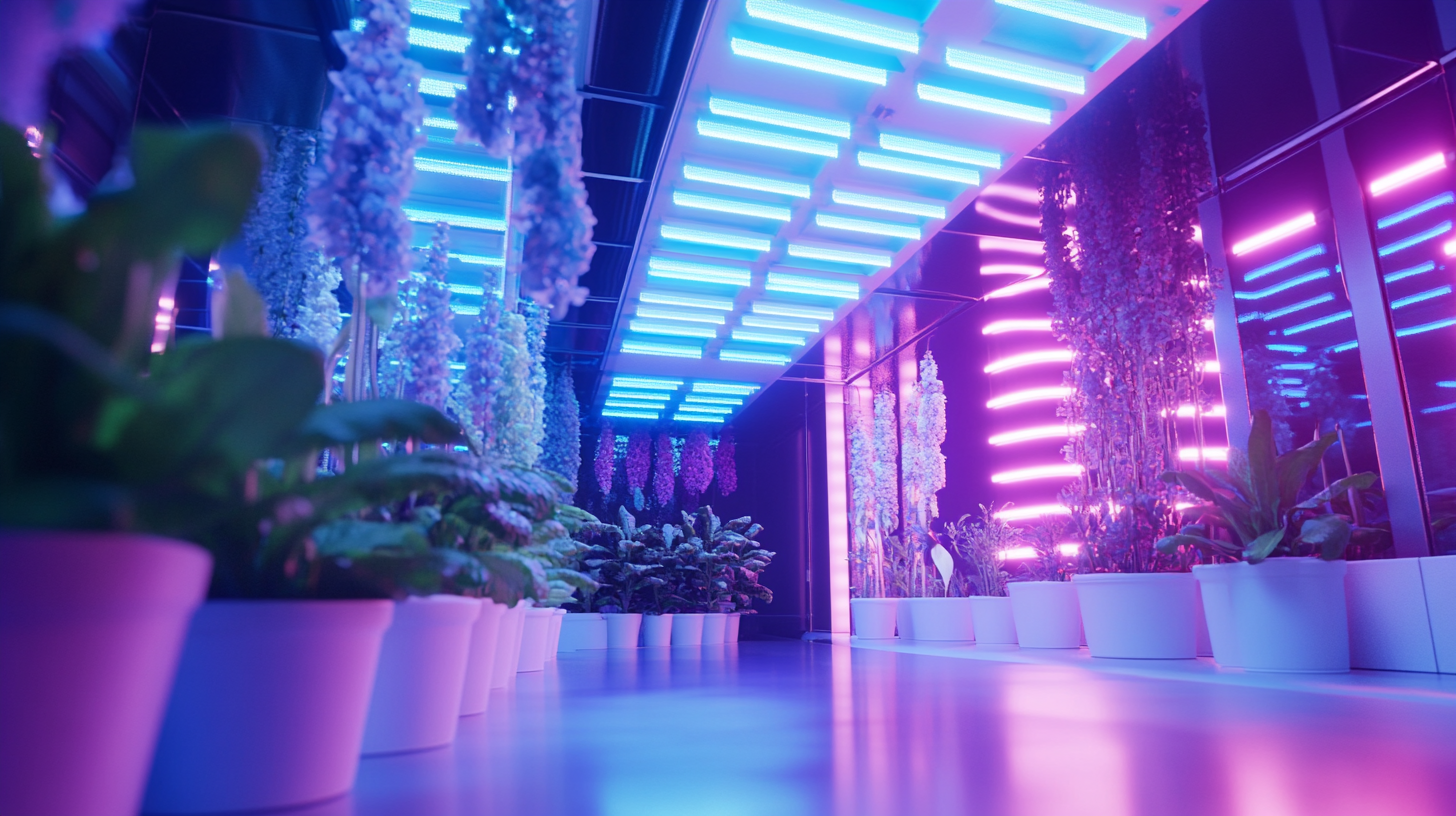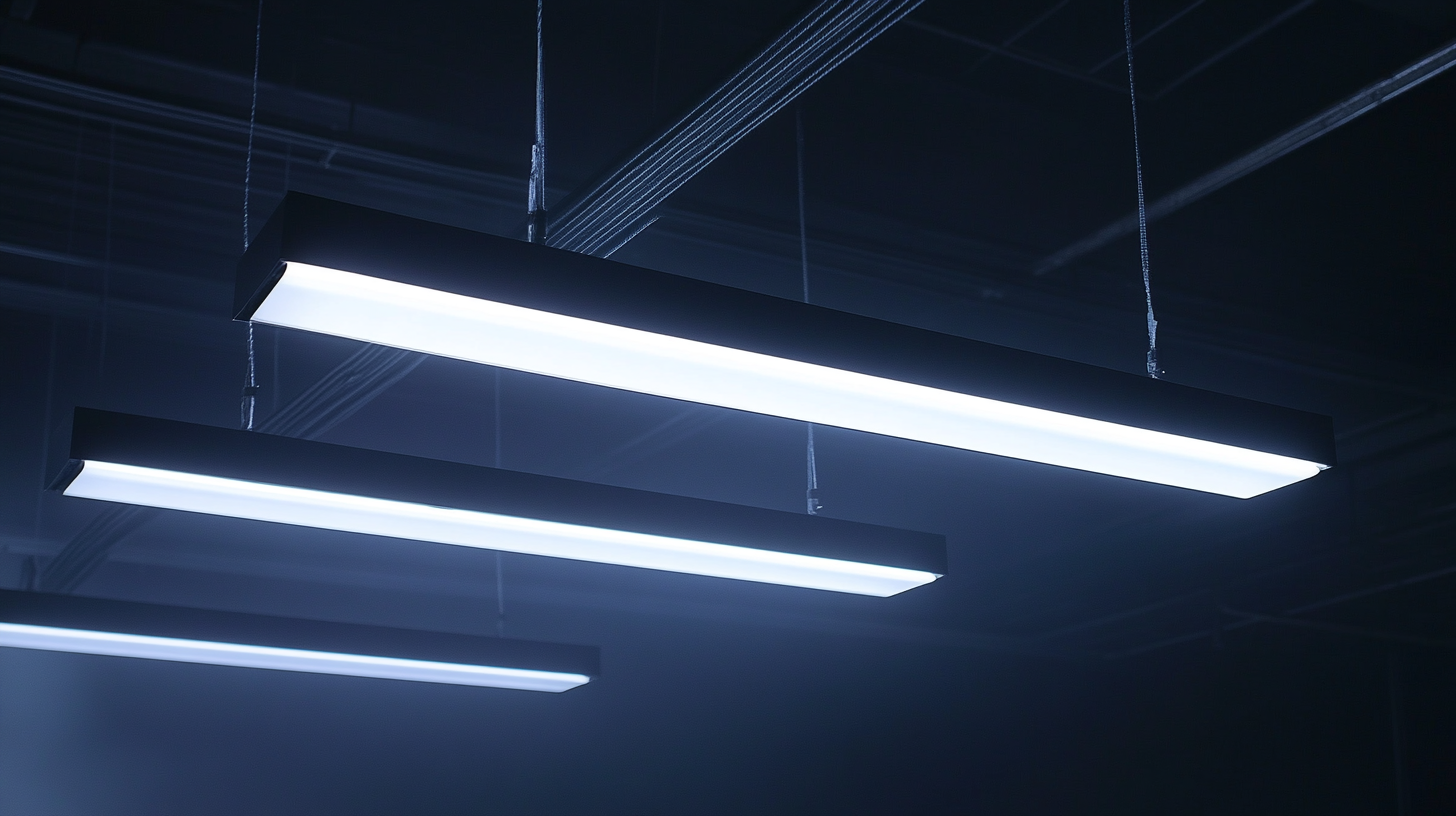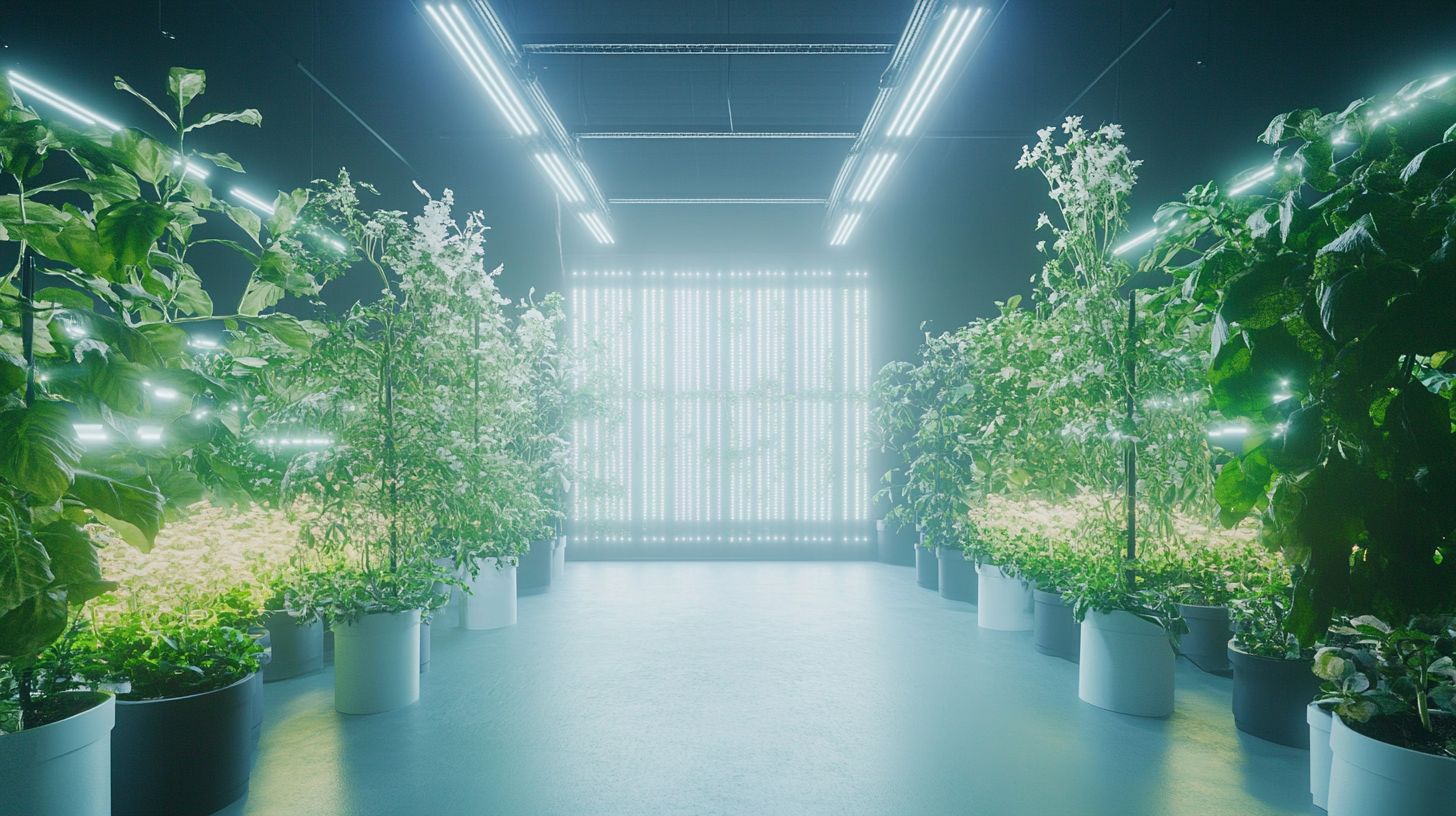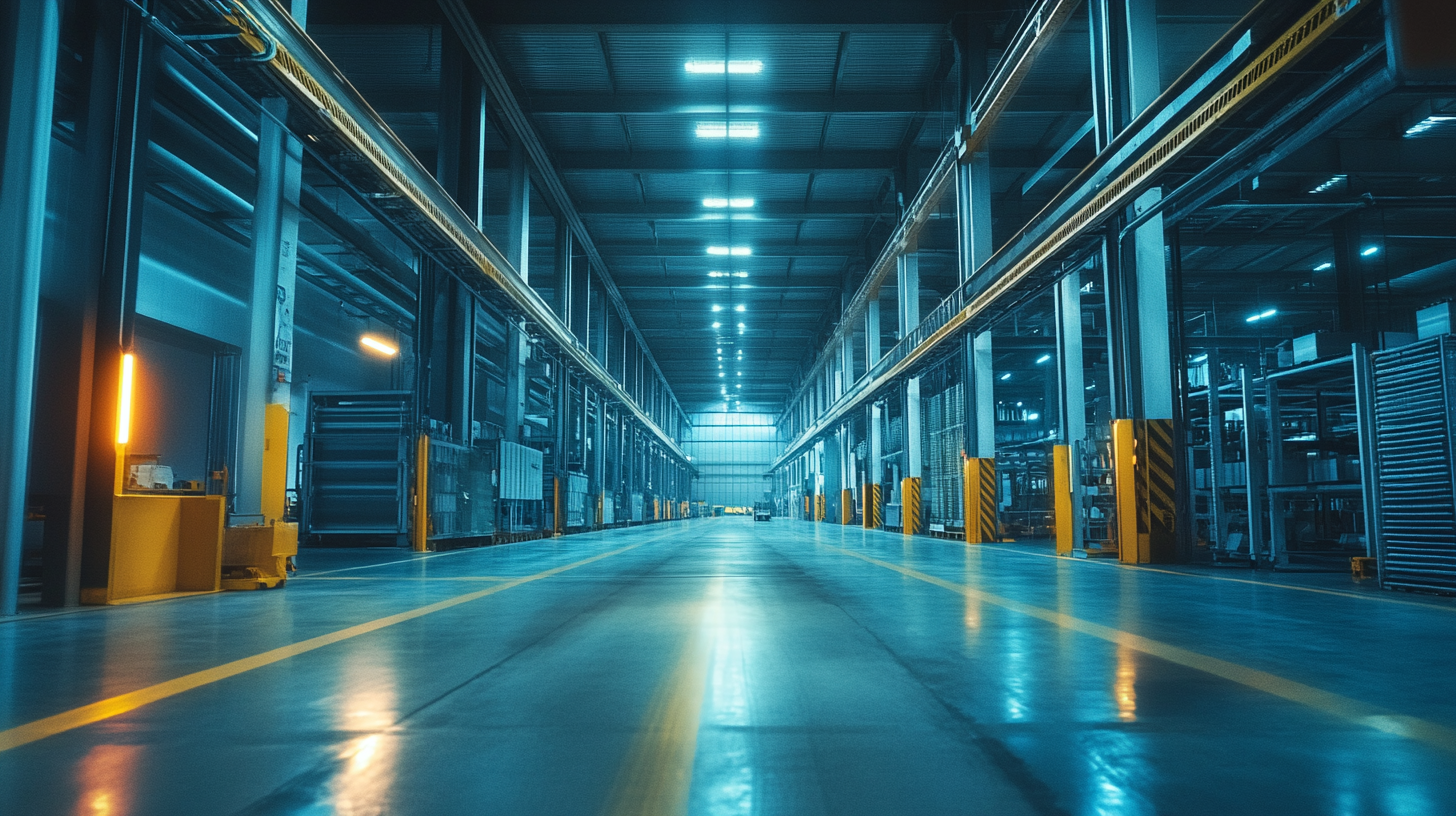The Evolution of Led Fixture Light Technology for a Sustainable Tomorrow
As the world increasingly prioritizes sustainability, the lighting industry is undergoing a transformative shift powered by advancements in LED fixture light technology. According to a report by the International Energy Agency (IEA), lighting accounts for approximately 15% of global electricity consumption, making it essential to adopt energy-efficient solutions. The transition to LED lighting can reduce energy usage by up to 75% compared to traditional incandescent bulbs, underscoring the critical importance of innovations in LED fixture light development for a greener future.
Furthermore, the global LED lighting market is projected to reach $105 billion by 2023, driven by increasing awareness of environmental issues and the push for energy-efficient products. With a lifespan that can extend beyond 25,000 hours, LED fixture lights not only minimize waste but also offer significant cost savings over time. As we explore the evolution of LED fixture light technology, it becomes clear that this dynamic sector is not only revolutionizing illumination but also contributing to a sustainable tomorrow.

The Journey from Traditional Lighting to LED Technology
The journey from traditional lighting to LED technology marks a significant evolution in the way we illuminate our spaces. For decades, incandescent and fluorescent bulbs dominated the lighting landscape, providing a familiar glow but at a high cost—both financially and environmentally. These lighting solutions often consumed excessive energy and produced a considerable amount of heat, leading to increased electricity bills and a greater carbon footprint. As the demand for more energy-efficient options grew, LED technology emerged as a game-changer. With advancements in semiconductor technology, LEDs offer unparalleled efficiency, longevity, and versatility. Unlike their traditional counterparts, LEDs convert a higher percentage of energy into light, resulting in lower energy consumption and reduced greenhouse gas emissions. This transition to LED lighting is not merely a trend; it represents a profound shift in our commitment to sustainability and responsible resource management. Moreover, the adaptability of LED fixtures has opened new avenues for design and application. From residential spaces to urban infrastructure, LEDs allow for innovative lighting solutions while enhancing aesthetic appeal. Their compact size and variety of color temperatures enable a greater range of creative expression in both indoor and outdoor environments. This journey from traditional lighting to LED technology not only highlights advancements in science and engineering but also reflects a collective movement toward a more sustainable future.

Key Innovations in LED Fixture Design for Energy Efficiency
The recent advancements in LED fixture design highlight a remarkable shift towards energy efficiency and sustainability. With innovations focusing on the integration of smart technology, modern LED fixtures now come equipped with sensors that adjust brightness based on surrounding ambient light. This feature not only conserves energy but also enhances the overall user experience by providing optimal lighting conditions tailored to specific needs.
Moreover, the shift towards modular designs allows for greater flexibility and customization in lighting solutions. By enabling components to be easily replaced or upgraded, the life cycle of LED fixtures is significantly prolonged, reducing waste and promoting a circular economy. This adaptability ensures that consumers can keep pace with evolving lighting technologies without the need for complete replacements, making LED fixtures more appealing and sustainable.
Another key innovation is the advent of tunable white technology, which enables users to adjust the color temperature of their lighting. This feature enhances environment-specific functionality, allowing for different settings—such as warmer tones for relaxation or cooler tones for productivity. By optimizing light quality, these advancements not only contribute to energy savings but also improve well-being and productivity in both residential and commercial settings. As the push for sustainable lighting solutions continues, these innovations reflect a promising evolution in LED technology that aligns ecological consciousness with modern design needs.

Sustainable Materials and Manufacturing Practices in LED Production
The production of LED fixtures has undergone significant transformation, particularly in its use of sustainable materials and manufacturing practices. As the demand for energy-efficient lighting continues to rise, manufacturers are increasingly turning to eco-friendly materials that minimize environmental impact. Traditional lighting options often relied on non-recyclable plastics and toxic substances, but the evolution towards sustainable LED production emphasizes the use of biodegradable materials and recyclable components. This shift not only enhances the lifecycle of the product but also contributes to a circular economy, reducing waste and promoting resource efficiency.
Furthermore, innovative manufacturing practices play a crucial role in enhancing the sustainability of LED technology. Many companies are adopting techniques such as 3D printing and modular designs, which significantly reduce material waste during production. Additionally, the implementation of clean energy sources, like solar or wind power, in manufacturing facilities helps to decrease the carbon footprint associated with the production process. By prioritizing sustainability from the ground up, manufacturers not only benefit the planet but also respond to the growing consumer demand for environmentally responsible products.
As the LED industry continues to evolve, the focus on sustainable materials and practices is essential for fostering a brighter, more sustainable future. By investing in environmentally sound methods, the industry sets a positive example for other sectors to follow, paving the way for innovation that is both economically viable and beneficial to the planet.

The Role of Smart Technology in Advancing LED Lighting Solutions
The integration of smart technology into LED lighting solutions is revolutionizing how we illuminate our spaces while promoting sustainability. Traditionally, lighting systems operated on fixed schedules or manual controls, but the advent of smart technology has transformed them into intelligent, responsive networks. By utilizing sensors, timers, and IoT (Internet of Things) connectivity, users can now optimize energy consumption, greatly reducing their carbon footprint. For instance, smart LED fixtures can automatically adjust brightness based on the time of day or occupancy levels, ensuring that energy is used only when necessary.
Moreover, the role of smart technology extends beyond mere energy efficiency. Advanced LED systems can be integrated with smart home devices or building management systems, allowing for seamless control via smartphones or voice assistants. This connectivity not only enhances user convenience but also provides real-time data on energy usage patterns. By analyzing this data, users can make informed decisions on their lighting strategies, further contributing to sustainable practices. The ability to monitor and manage lighting remotely is especially beneficial in commercial settings, where large-scale operations can lead to significant energy savings.
As the demand for sustainable solutions continues to rise, the evolution of LED fixture light technology combined with smart advancements represents a pivotal shift in lighting design. Emphasizing efficiency and responsiveness, these modern systems not only illuminate our environments but also align with our collective goals for a greener tomorrow. The synergy between smart technology and LED fixtures is thus a cornerstone in creating intelligent, sustainable ecosystems that cater to both human needs and environmental stewardship.
Future Trends: How LED Fixtures Will Shape Sustainable Urban Environments
The urban landscape is entering a transformative phase as cities strive for sustainability amid pressing challenges like air pollution and climate change. With the global street lighting market projected to grow steadily, the evolution of LED fixture technology plays a pivotal role in this transition. LED fixtures not only reduce energy consumption but also contribute significantly to lowering carbon emissions, making them an essential component of sustainable urban environments. The shift towards intelligent, connected lighting systems further enhances their efficacy, promoting not just efficiency but also the creation of healthier spaces for urban dwellers.
As urban areas become more crowded, the need for adaptive lighting solutions is becoming increasingly clear. Emerging trends highlight the importance of integrating lighting technologies with digital advancements, paving the way for smart cities. These innovations enable cities to illuminate public spaces effectively while catering to the needs of their residents, fostering inclusivity and safety. Moreover, the emergence of climate tech solutions is supporting urban planners in their quest to develop environments that embrace sustainable practices, which is paramount for cities aiming to thrive in a post-COVID world.
In this evolving context, LED fixtures are more than mere sources of light; they are foundational elements in creating vibrant, livable cities that prioritize both ecological balance and human well-being. As communities look ahead to 2050, the significance of modern lighting solutions in urban design is undeniable. The integration of these technologies not only shapes our nights but will also redefine the urban experience, driving sustainable growth and resilience in the face of ongoing global challenges.

